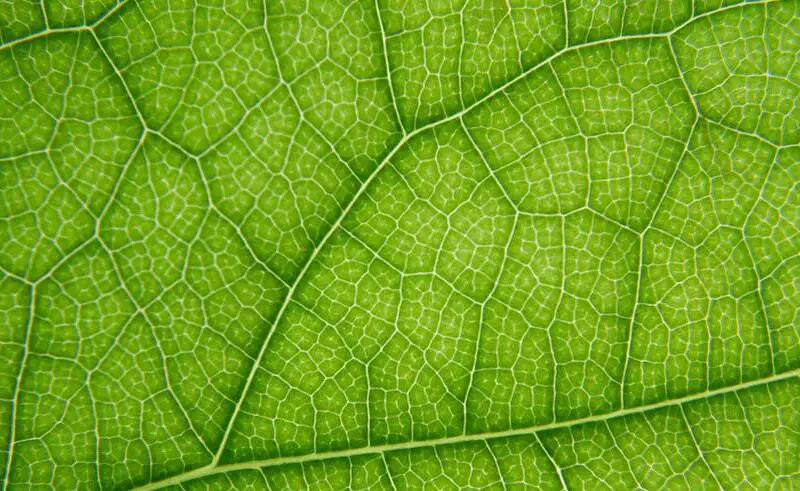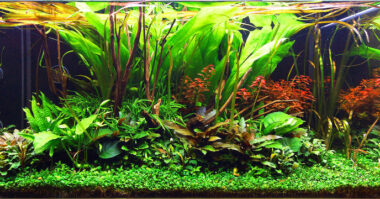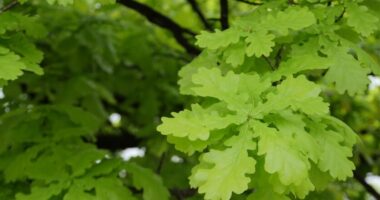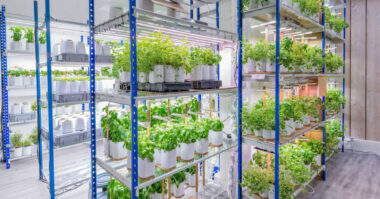Plant photosynthesis is an indispensable mechanism for plant life and, more generally, for all life on earth. It allows green plants to transform mineral elements into organic matter, thanks to light energy.
These are biochemical reactions in which organic substances are elaborated from inorganic matter (water, carbon dioxide).
The category of green plants is the one that uses photosynthesis, this family includes 3 types of plant: grass, trees, aquatic plants, including algae and plankton.
Contents
How does photosynthesis occur
Photosynthesis is the synthesis of organic matter (=containing carbon), especially sugars, from water (H20) taken from the soil by the roots and carbon dioxide (CO2) captured in the air by the leaves.
This reaction produces oxygen (O2), which is released into the atmosphere. The energy required for this transformation is provided by sunlight (photons). Without sunlight, and more precisely without light, there is no photosynthesis.
Photosynthesis and Chlorophyll
Photosynthesis is carried out by all photosynthetic organisms possessing chlorophyll: terrestrial plants, algae, and certain bacteria. In plants, photosynthesis takes place most of the time in the leaves (more precisely, in the inner part of the leaves: the leaf mesophyll). However, in some plants, photosynthesis can take place in the stems (succulent euphorbiaceae, cacti…).
The cells of the foliar mesophyll (inner part of the leaf) contain chloroplasts, a kind of pocket in which the chlorophyll, a pigment that gives the leaves their green color, is found. It is the chlorophyll that allows the photosynthetic reaction.
Photosynthesis chlorophyll pigment
When we speak of chlorophyll in the broadest sense, we are in fact referring to a group of pigments, including chlorophylls a and b (green color), xanthophylls (yellow color) and carotene (slightly orange yellow color).
It is possible to separate these different pigments from the chlorophyll (in the broad sense) extracted from the leaves by simply grinding the leaf tissue and solubilizing the “juice” in ethanol. After filtration, a green extract is obtained. The different pigments (yellow and green) are then separated, according to their weight, by chromatography: the lighter pigments migrate farthest, the heavier ones remain close to the place of the initial deposit of the drop of alcoholic extract, and one obtains various spots on a sheet of paper (or other support).
No photosynthesis without chlorophyll: what about variegated foliage?
And when the leaves are white, i.e. free of chlorophyll? That’s a good question. Answer: in the case of variegated foliage, indeed, the areas of foliage that are not pigmented do not “make” photosynthesis. They live at the expense of the green areas, where chlorophyll plays its role.
These white, light yellow or very pale green zones (depending on whether the cells are totally devoid of chlorophyll pigments, or whether they are present in small quantities) therefore behave a bit like parasites vis-à-vis the rest of the plant: the green zones provide food for the white zones.
This is why variegated foliage varieties are often less vigorous than varieties with completely green leaves. This is also why they need more light: as chlorophyll is less abundant, more light is needed to produce enough sugar for the life of the plant.
Plant without photosynthesis
A completely depigmented plant would not be able to live independently. However, as nature loves peculiarities, there are however rare plant species that live as parasites on other plants, or that have established a symbiosis (kind of partnership) with other organisms capable of photosynthesis (such as certain fungi).
See below: Monotropa uniflora is a plant of the Ericaceae family, totally devoid of chlorophyll, which lives by parasitizing the mycorrhizae present on the roots of certain conifers.
If photosynthesis on earth stopped will human life continue?
Photosynthesis is essential at the scale of the plant, since it allows it to live. It is also essential for us: photosynthesis indeed allows life on Earth, no more, no less!
It is thanks to photosynthetic activity that the earth’s atmosphere has been gradually enriched in oxygen, and it is also the only way to create organic matter from mineral elements. Without it, there is no organic matter (so no plants, no animals, no fungi… in a word: no life!). Without photosynthesis, the Earth would only be a pile of rocks, a dead planet.
And to finish, let’s twist the neck to a preconceived idea: no, forests are not the main “green lung” of the planet. Algae and phytoplankton globally produce more O2 than trees. Thus, the seas and oceans are the seat of the most important photosynthetic activity, inducing the highest oxygen emission, ahead of forests.
Summary
All animal species (including humans) are dependent on photosynthesis. It is thanks to it that the oxygen we breathe is produced and plants absorb huge quantities of carbon dioxide for its realization.
Green plants are also the first link in the food chain.









